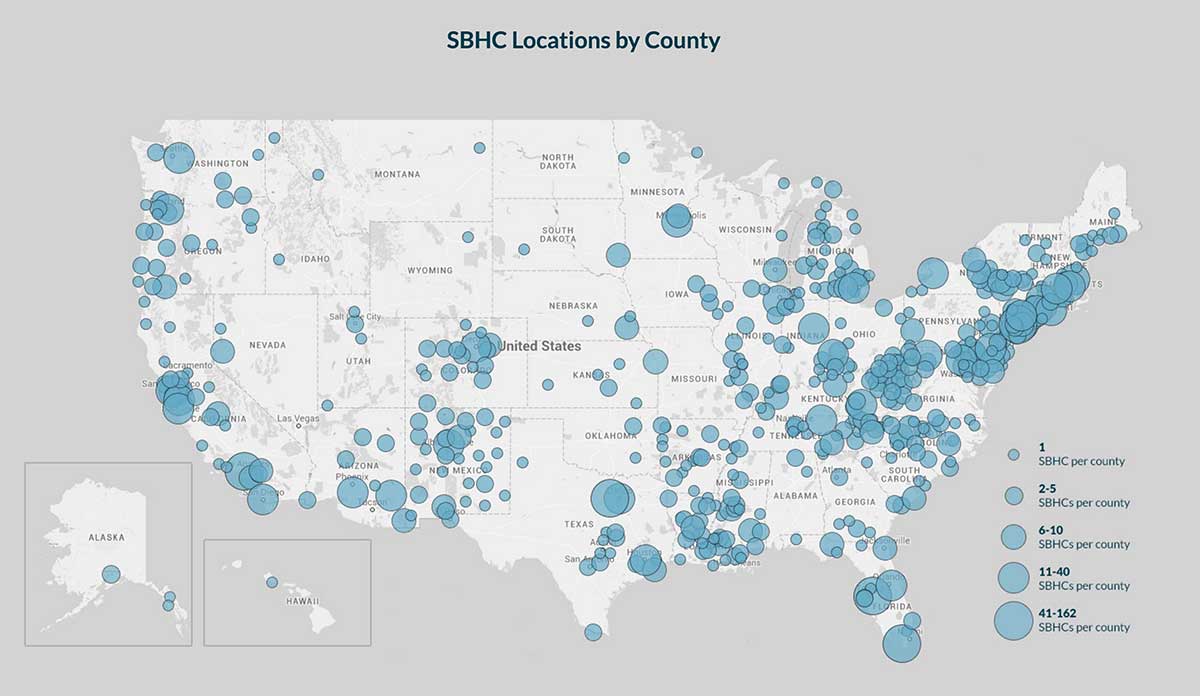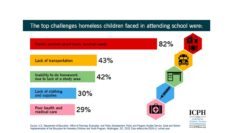School-Based Health Centers (SBHCs) play a unique role, bringing health care to a place where adolescents consistently spend about eight hours a day. The location and availability of the services of SBHCs can reduce disparities both in health and education, especially for children from a low-income background or of a racial minority group. As of 2014, there are 2,315 SBHCs.
Education and health are intrinsically linked. Many vulnerable students are not able to access health care due to transportation or financial barriers. School-Based Health Centers promote academic success by addressing health problems that would otherwise impede a student’s ability to prosper. SBHCs provide a wide variety of services ranging from preventive services to oral health to behavioral health.
John Knopf and colleagues at the Community Preventive Services Task Force from the Center for Disease Control (CDC) found that SBHCs have positive influences on both health and education outcome measures. SBHCs reduce rates of school suspension and high school non-completion, as well as increase GPAs. Knopf et al. also found a decrease in emergency department and hospital visits, increases in immunizations and preventive services, and more children with a regular source of health care.
The work of SBHCs is just beginning. Although the idea is about forty years old, it is not widely implemented in many parts of the United States. The importance of School Based Health Centers was recognized in the Affordable Care Act (ACA) through a $200 million investment over four years to fund construction, renovation, and expansion of services. This commitment to SBHCs should be reinforced and expanded.
Databyte via 2013-14 Digital Census Report. School-Based Health Alliance.














